Gilbertine Hare
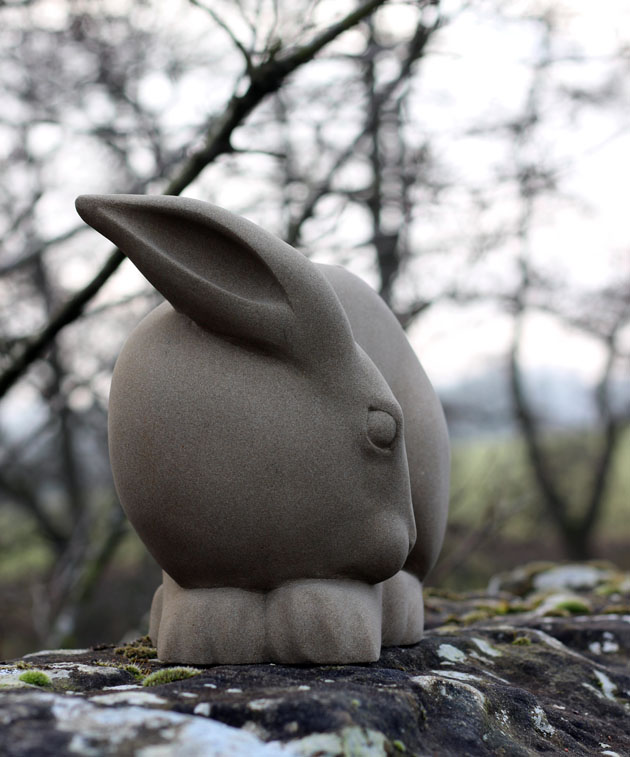
Gilbertine Hare – sculpture carved in Yorkstone – 15″ x 7″ x 11″
The Magic of Medieval Carving

At the beginning of the chapter – The Craftsmen and the Value of their Carvings from Ancient Misericords (in the priory church Great Malvern) there is a quote I rather like by Bernard Bosanquet.
It comes from Three Lectures on Aesthetic and reads
‘Man’s mind possesses a magic by which it can extract the soul of the actual thing or event, and confer it on any medium which is convenient to him’.
The booklet also gives a hint as to the meanings of some of the subjects chosen for the wood carvings – it is fascinating to learn a little of the beliefs and thoughts prevalent in the medieval period. On looking a bit deeper into some of these, I came across a Hare Misericord, one of 35 wood carvings at St Mary’s Priory, Old Malton, North Yorkshire. This impressive Norman building is only a few miles from here, so I went to have a look.
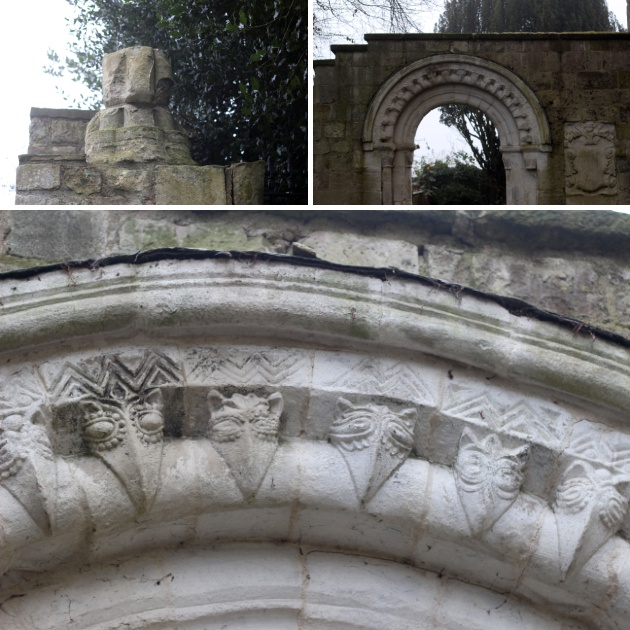
Beasts and Birds
Mainly they depict beasts and birds, each with religious symbolism. In the Middle Ages animal stories were immensely popular. People were dependent on wild and domestic animals for their survival, and so had an obvious interest in the animals around them. There is more to it than just a requirement for knowledge of the animals they knew and used; there is a distinctly spiritual and even mystical aspect to animal lore.
The symbols are largely derived from the bestiary, or ‘book of beasts’, which describes a beast and uses that description as a basis for allegorical teaching (they represented a way in which our own behaviour could be sinful or holy). It was said that the characteristics of animals were created to serve as examples for proper conduct and to reinforce religious teachings.
The Hare
The Hare Misericord shows the Hare in a crouching position facing west with its head turned back. The belief, at the time of its carving, was that the Hare was a timid beast, that it runs fast, and can change sex. In ancient Rome the Hare was highly valued as the animal of Venus, the goddess of love.
Hares have never really struck me as timid. Certainly wild, and wary (of humans) and always alert, but I agree that they are fleet of foot.
The Hare Misericord carving in particular is very beautiful. I spent some time at St Mary’s Priory Church just looking at it.

The Gilbertine Priory was begun in 1150 and finished around 1200, and what remains is the Church. Of all the religious orders that founded monastic churches during the medieval period, only the Gilbertine order originated in England. The Order was founded by Saint Gilbert in Sempringham, Lincolnshire around 1130. It came to an end in the 16th century at the time of the Dissolution of the Monasteries.
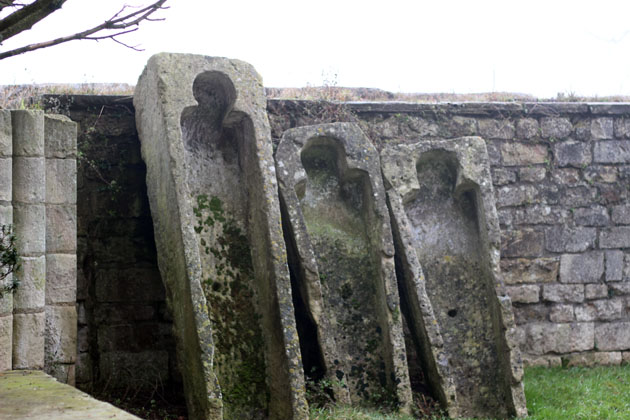
There are some rather impressive stone drying coffins to be seen in the churchyard too! My real interest though is in the carved animals. The misericords are worked with great skill and have real charm, energy, and magic. I think it is something about the carver, as Bernard says ‘extracting the soul’.
Gilbertine Hare stone sculpture
I carried their atmosphere home. Here’s my own carved version after the Misericord Hare – which I’m naming Gilbertine Hare in honour.
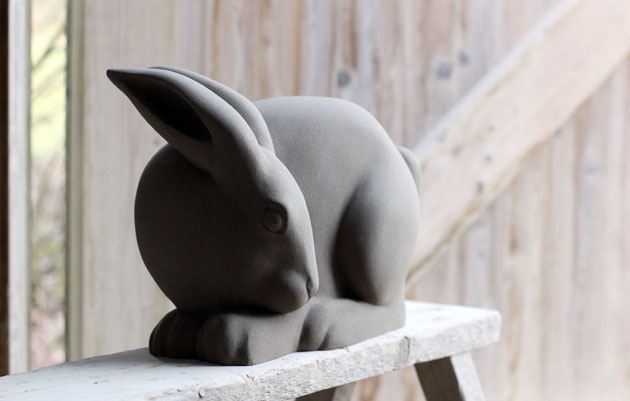
What is a misericord
A misericord (from the Latin misericordia. Sometimes named mercy seat. Literally it means ‘pity’ or ‘act of mercy’), is a small wooden shelf on the underside of a folding seat in a church. The seats were installed to provide support to lean on for a person who has to stand during long periods of prayer. The shelf usually incorporated embellishment in the form of detailed and imaginatively carved scenes.
St Mary’s Priory
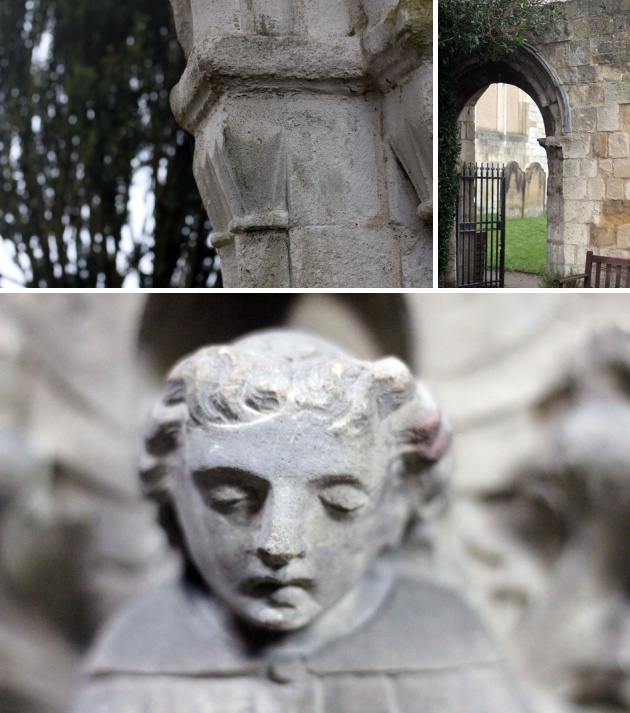
Further details of the wonderful Gilbertine church – St Mary’s Priory, Old Malton
Hare Sculpture
A Hare was one of the very first pieces I carved in stone, and as a subject for sculpture is one I return to often – I’ve put together a portfolio (‘drove’) of some of these Hare sculptures – view the Hare stone sculpture collection
